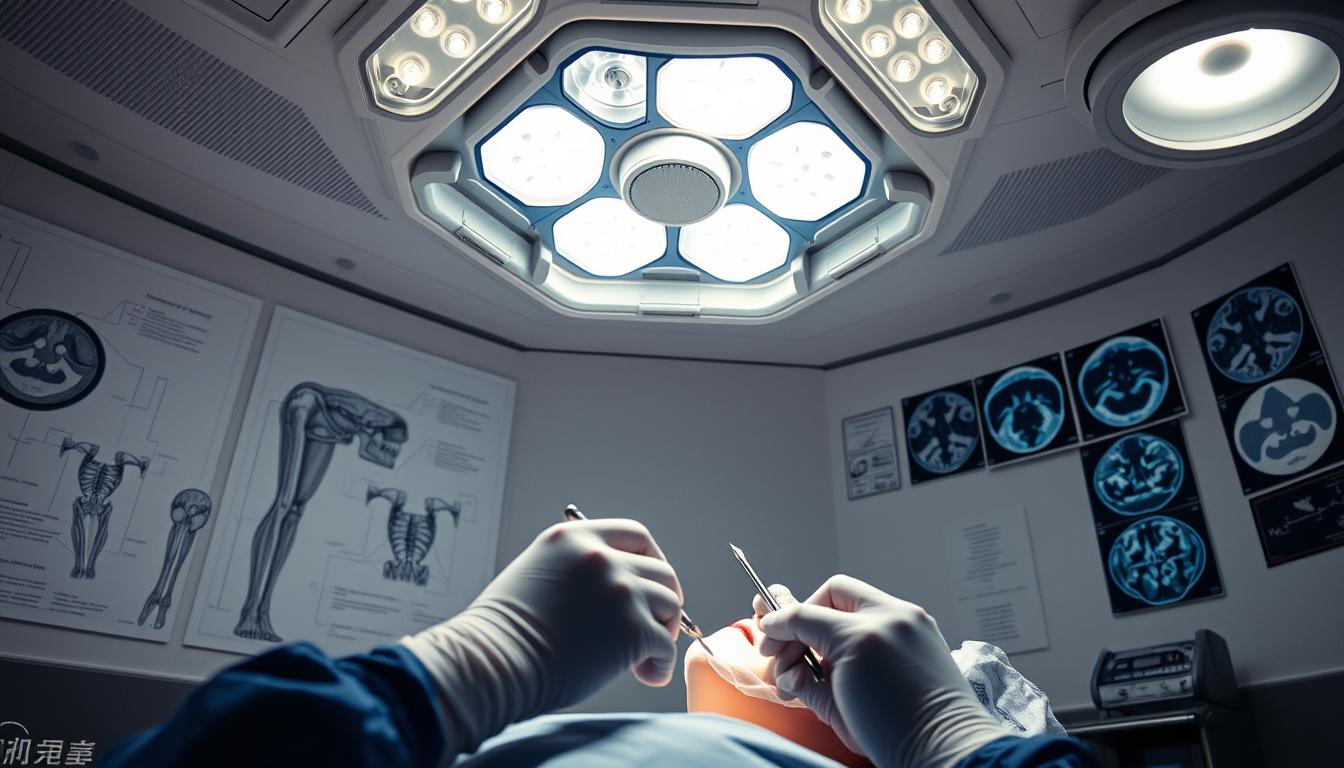The nose is a central facial feature that significantly impacts overall appearance and beauty. At VIP clinic, the focus is on creating a nose that harmonizes with other facial features rather than following a standard shape. This approach involves analyzing individual characteristics to enhance beauty and achieve facial harmony.
Korean rhinoplasty has gained international recognition for its advanced surgery techniques and exceptional results. Surgeons in Korea approach nose enhancement with a focus on creating balanced and natural-looking results. This comprehensive guide explores the various procedures available, from surgical rhinoplasty to non-invasive alternatives, and what prospective patients can expect.
Key Takeaways
- Korean rhinoplasty is renowned for its advanced techniques and exceptional results.
- Surgeons focus on facial harmony to create balanced and natural-looking results.
- A range of procedures are available, from surgical rhinoplasty to non-invasive alternatives.
- Understanding the different approaches helps patients make informed decisions.
- Korean plastic surgery centers combine technology with artistic sensibility.
- Patients can expect comprehensive care and guidance throughout their medical journey.
Understanding Korean Rhinoplasty Excellence
Korean rhinoplasty excellence is characterized by a blend of advanced technology, rigorous training, and a focus on patient care. Surgeons like Dr. Lee Myung Ju, chief surgeon at VIP International Plastic Surgery Center, have dedicated their careers to mastering the art of nose enhancement. With over 24 years of experience as a professor, researcher, and surgeon, Dr. Lee embodies the high standards of Korean plastic surgery.
The Korean Approach to Facial Harmony
The Korean approach to rhinoplasty emphasizes facial harmony, ensuring that the nose complements other facial features. This is achieved through a deep understanding of facial aesthetics and the use of advanced surgical techniques. Korean surgeons undergo rigorous training, often completing additional fellowships dedicated to rhinoplasty, which enables them to refine their skills and address a wide range of aesthetic concerns.
Why Korea Leads in Nose Enhancement Procedures
Korea’s leadership in nose enhancement procedures can be attributed to several factors. The country’s medical facilities invest heavily in cutting-edge technology, including 3D imaging and computer-aided design, allowing for precise planning and execution of rhinoplasty. The competitive nature of Korea’s aesthetic medicine industry drives continuous innovation, resulting in improved techniques and better patient outcomes. Moreover, Korean clinics often provide comprehensive care packages for international patients, including translation services and post-operative support, making it an attractive destination for those seeking high-quality nose surgery.
Types of Nose Lift Procedures in Korea
Korea has become a hub for advanced nose lift procedures, offering a range of surgical and non-surgical options. Individuals seeking to enhance their nose shape can benefit from the country’s expertise in rhinoplasty and innovative cosmetic techniques.
Surgical Rhinoplasty Options
Surgical rhinoplasty in Korea is renowned for its precision and effectiveness. Skilled surgeons utilize advanced techniques to reshape the nose, addressing various concerns such as a low nasal bridge, deviated septum, or bulbous tip. The procedure involves making precise incisions to modify the bone and cartilage, resulting in a more harmonious facial appearance.
The surgical process is tailored to each patient’s needs, with some opting for open rhinoplasty, which involves an external incision, while others prefer closed rhinoplasty, with incisions made within the nostrils. The choice between these methods depends on the complexity of the procedure and the patient’s preferences.
Non-Surgical Alternatives: Thread Lifts and Fillers
For those who prefer less invasive methods, non-surgical nose lift procedures are gaining popularity in Korea. Thread lifts and dermal filler injections offer a quicker alternative to traditional surgery, with minimal downtime.
Thread lifts utilize dissolvable PDO threads inserted beneath the skin to provide immediate lifting and contouring effects. Dermal filler injections can reshape the nose by strategically adding volume to create a more defined appearance. Korean clinics often combine these methods to achieve comprehensive results.
These non-surgical alternatives are particularly appealing to patients seeking improvements without the recovery time associated with surgical rhinoplasty. The results typically last several months, depending on the individual’s skin type and metabolism.
Common Nose Conditions Treated by Korean Surgeons
Korean surgeons are renowned for their expertise in addressing various nose conditions through advanced rhinoplasty techniques. The precision and skill they bring to rhinoplasty have made Korea a hub for individuals seeking to correct a range of nasal issues, from aesthetic concerns to functional problems.
Low and Flat Nose Enhancement
A low and flat nose can significantly impact the overall facial aesthetics. Korean surgeons employ advanced techniques to enhance the nose’s height and shape, often using septal cartilage or other autologous grafts to achieve a more defined nasal structure. This approach not only improves the appearance but also ensures that the nasal function is maintained.
Deviated and Asymmetrical Nose Correction
A deviated or asymmetrical nose can cause both aesthetic and functional issues, including breathing difficulties. Korean rhinoplasty specialists use sophisticated methods to correct such deviations, often involving the realignment of nasal structures and the use of cartilage grafts to achieve symmetry and improve nasal passage functionality.
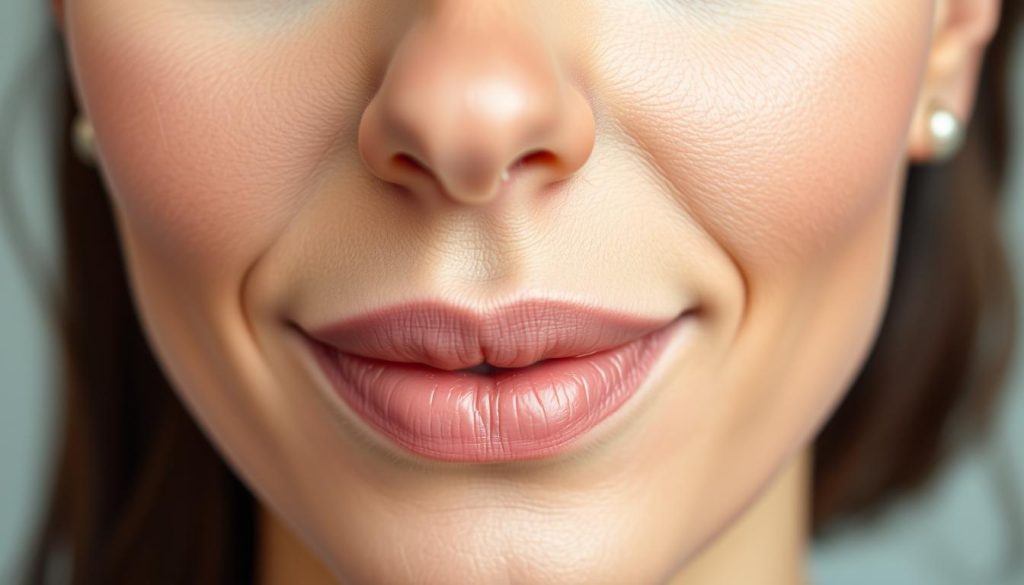
Bulbous and Wide Nose Refinement
A bulbous or wide nose can be refined through precise surgical techniques that reduce the size and redefine the shape of the nose tip. Korean surgeons are adept at using minimally invasive methods to achieve a more refined and proportionate nasal appearance, enhancing the overall facial harmony.
Short and Contracted Nose Elongation
The short nose, often described as a “piggy nose” due to the visible nostrils, presents a challenging condition for rhinoplasty. Korean specialists have developed advanced techniques to elongate the nose while maintaining natural proportions and adequate breathing function. This typically involves using autologous cartilage grafts to extend the nasal tip and cover the exposed nostrils, along with careful evaluation of the skin quality to accommodate the new nasal structure.
In conclusion, Korean surgeons are highly skilled in treating a variety of nose conditions, offering personalized solutions that address both aesthetic and functional concerns. Their expertise in using advanced techniques and autologous materials ensures natural-looking results with minimal risk of adverse effects.
Advanced Nose Lift Korea Techniques
Advanced nose lift techniques in Korea have revolutionized the field of rhinoplasty, providing surgeons with innovative methods to improve nasal structure and appearance. Korean surgeons have been at the forefront of developing and refining these techniques, which focus on creating a harmonious balance between the nose and other facial features.
Open vs. Enclosed Incision Methods
The choice between open and enclosed incision methods is crucial in rhinoplasty. Open rhinoplasty involves making an incision on the columella, the skin between the nostrils, allowing for greater visibility and access to the nasal structure. This method is often used for complex cases requiring significant reconstruction. On the other hand, enclosed or closed rhinoplasty involves making incisions within the nostrils, resulting in no visible scarring. The choice between these methods depends on the patient’s specific needs and the surgeon’s professional judgment.
3D Scanning and Customized Planning
The use of 3D scanning technology has become increasingly popular in Korean rhinoplasty. This advanced tool allows surgeons to create a detailed, three-dimensional model of the patient’s nose, facilitating precise preoperative planning and simulation. By visualizing the nasal structure in 3D, surgeons can better understand the patient’s anatomy and develop a customized surgical plan tailored to their unique needs.
Innovative Cartilage Grafting Approaches
Korean surgeons have pioneered innovative approaches to cartilage grafting, maximizing structural support while achieving natural-looking aesthetic results. Techniques include using septal cartilage to create supporting pillars in the nose tip, ear cartilage grafts to enhance tip definition, and rib cartilage for substantial augmentation. These grafting methods allow for the creation of a more defined nasal tip and improved nasal structure.
The use of autologous tissues, such as septal cartilage, ear cartilage, and rib cartilage, is considered the safest method for elongating nose length and projecting the nasal structure. By leveraging these advanced techniques, Korean surgeons can achieve results that are both aesthetically pleasing and functionally sound.
Materials and Implants Used in Korean Rhinoplasty
Advanced materials and implants play a crucial role in Korean rhinoplasty, offering patients a range of options tailored to their needs. The choice of material or implant can significantly impact the outcome of the rhinoplasty procedure, influencing both the aesthetic result and the patient’s recovery process.
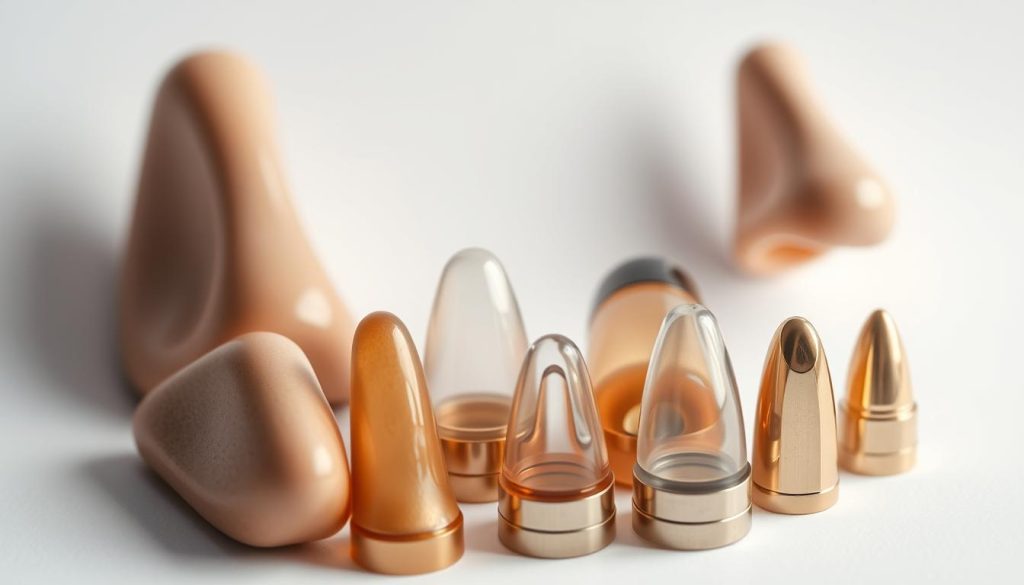
Silicone and Synthetic Implants
Silicone implants are commonly used in Korean rhinoplasty for their durability and ability to be shaped according to the patient’s nasal structure. These implants can be used to enhance the height of the nose or to correct nasal asymmetry. However, the use of silicone implants requires careful consideration to minimize the risk of complications such as infection or rejection.
Autologous Tissue Options
Autologous tissue, taken from the patient’s own body, is another material used in rhinoplasty. This can include cartilage from the ear or rib, which is then grafted onto the nose. The use of autologous tissue can reduce the risk of infection and rejection, as the body is less likely to react against its own tissue. This method is particularly beneficial for patients requiring significant reconstruction or revision surgery.
Specialized Fillers and Thread Materials
For patients seeking non-surgical alternatives, specialized fillers and thread materials offer a viable option. Hyaluronic acid fillers, such as Restylane and Juvederm, are used to temporarily enhance the nasal contours without the need for surgery. The injection of these fillers requires precision to achieve the desired effect while minimizing risks. Additionally, polydioxanone (PDO) threads are used in a procedure known as the “lunchtime nose job,” providing a temporary lift and stimulation of collagen production.
- Korean aesthetic clinics have pioneered the use of specialized fillers and thread materials as non-surgical alternatives for patients seeking temporary nose enhancement.
- Hyaluronic acid fillers are precisely injected to create the illusion of a higher bridge or more defined tip without surgery.
- PDO threads provide both immediate lifting and long-term collagen stimulation, with effects lasting up to 1-2 years.
| Material/Implant | Description | Benefits |
|---|---|---|
| Silicone Implants | Durable, can be shaped to fit nasal structure | Long-lasting, customizable |
| Autologous Tissue | Taken from patient’s own body, e.g., ear or rib cartilage | Reduced risk of infection or rejection, natural feel |
| Hyaluronic Acid Fillers | Temporary, reversible, used for non-surgical enhancement | Minimally invasive, quick recovery |
| PDO Threads | Used for “lunchtime nose job,” stimulates collagen production | Temporary, stimulates collagen, minimally invasive |
Top Clinics for Nose Lift in Korea
Korea’s reputation for excellence in cosmetic surgery is reflected in its top clinics for nose lift procedures. These clinics have garnered international recognition for their advanced techniques and patient-centric care.
VIP International Plastic Surgery Center
VIP International Plastic Surgery Center is a leading institution for rhinoplasty and nose lift procedures. With a team of experienced surgeons, VIP International offers personalized care tailored to each patient’s needs.
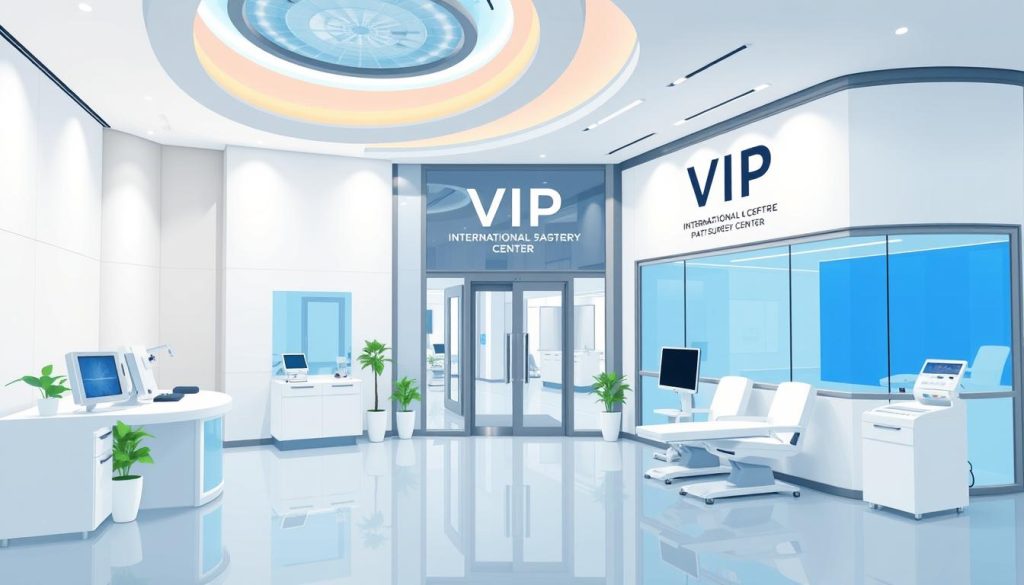
Wonjin Plastic Surgery Hospital
Wonjin Plastic Surgery Hospital is renowned for its expertise in nose enhancement procedures. The hospital’s skilled surgeons utilize the latest techniques to achieve natural-looking results, focusing on the nose tip and overall facial harmony.
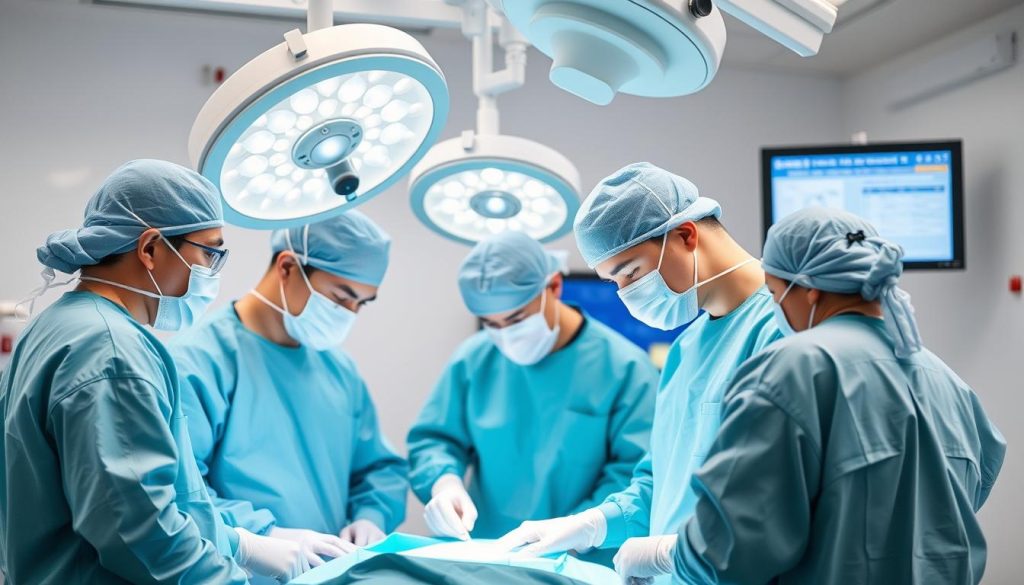
PangPang and Haru Clinics
PangPang Clinic and Haru Clinic are pioneers in non-surgical nose lift techniques, particularly thread lifting. PangPang Clinic offers various specialized threads, including lifting, assist, tightening, and volume threads, to address different aesthetic concerns. Haru Clinic is known for its innovative thread anchoring technique, securing threads behind the ear for more stable and longer-lasting results.
PangPang Clinic has established itself as a leader in thread lifting technology, with over a decade of experience. Haru Clinic, under the guidance of Dr. Jeong, focuses on enhancing facial harmony while minimizing discomfort and potential complications. Both clinics provide specialized care for international patients, including multi-language consultation services and detailed pre- and post-procedure guidance.
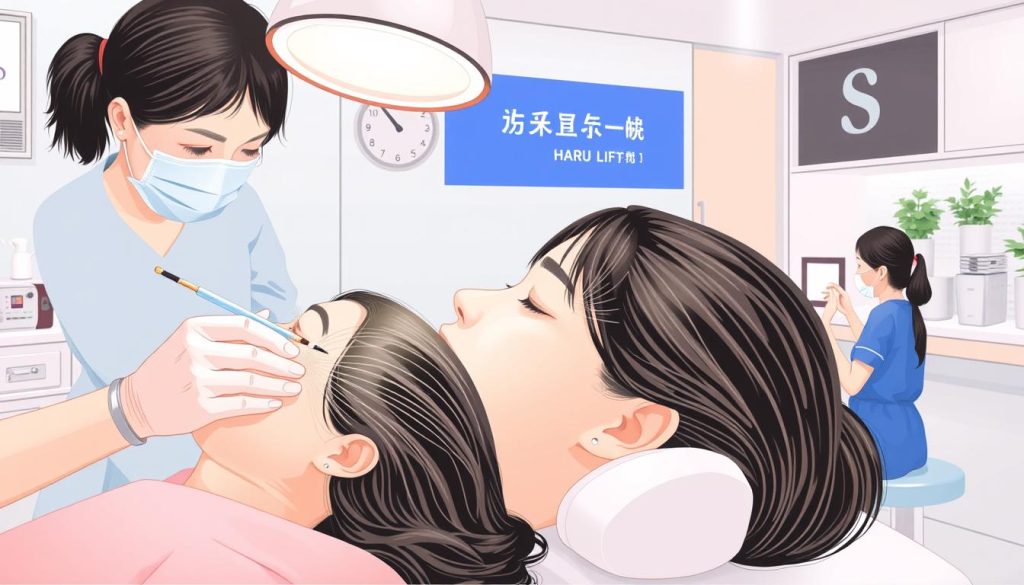
Recovery and Aftercare for Korean Rhinoplasty
Korean rhinoplasty clinics prioritize patient recovery, providing comprehensive guidelines to facilitate a smooth healing process. A successful nose surgery outcome depends on both the procedure and the patient’s adherence to the recommended recovery protocol.
Timeline and Healing Process
The recovery period after rhinoplasty is crucial. Patients are advised to apply cold compresses or specialized ice packs for the first 3-4 days after surgery to reduce swelling. Sleeping with the head elevated at approximately 30-45 degrees for the first week helps minimize swelling and prevents accidental pressure on the nose.
| Recovery Stage | Timeline | Care Instructions |
|---|---|---|
| Immediate Post-Surgery | 0-4 days | Apply ice pack, elevate head while sleeping |
| Early Recovery | 1-2 weeks | Avoid strenuous activities, follow dietary recommendations |
| Late Recovery | 6-8 weeks | Avoid blowing nose, wearing glasses on nasal bridge |
Post-Procedure Care Instructions
Patients must follow specific care instructions to ensure a smooth recovery. This includes avoiding spicy foods, alcohol, and blood-thinning supplements for at least two weeks. Patients are also instructed to avoid strenuous physical activities for 6-8 weeks after surgery. Follow-up appointments are scheduled to monitor healing and address any concerns.
To minimize the risk of infection, patients are provided with specific cleansing protocols, including saline sprays and gentle antibacterial cleansers. By following these guidelines, patients can optimize their healing process and achieve the desired results from their nose surgery.
Planning Your Medical Journey to Korea
As a hub for cosmetic surgery, Korea offers a unique blend of expertise and care for patients seeking nose lifts. When planning your medical journey to Korea for rhinoplasty, several factors come into play.
Most clinics recommend a stay of 12-14 days, encompassing pre-operative consultation, the surgery itself, and critical recovery milestones. The initial consultation typically occurs 1-2 days after arrival, with rhinoplasty scheduled 1-2 days later. Many clinics offer comprehensive medical tourism packages that include airport transfers, translation services, and post-operative care coordination.
General anesthesia is commonly used for rhinoplasty procedures in Korean clinics, administered by board-certified anesthesiologists. Patients should prepare by researching visa requirements and arranging travel insurance that covers medical complications. Understanding the financial aspects, including procedure costs and incidental expenses during the recovery period, is also crucial.
FAQ
What is the typical recovery time for rhinoplasty in Korea?
The recovery time can vary depending on the individual and the complexity of the procedure. Generally, patients can expect to return to their normal activities within one to two weeks, with the majority of swelling subsiding within a few months.
Are Korean rhinoplasty surgeons experienced in treating international patients?
Yes, many Korean surgeons have extensive experience in treating international patients, with some clinics having dedicated international departments and staff who speak multiple languages.
What types of anesthesia are used for nose lift procedures in Korea?
General anesthesia is commonly used for more complex rhinoplasty procedures, while local anesthesia with sedation may be used for less invasive procedures or non-surgical alternatives.
How is the septal cartilage used in rhinoplasty?
The septal cartilage is often used as a grafting material to provide additional support and structure to the nasal tip or bridge.
Can I expect to see the final results of my rhinoplasty immediately after the procedure?
No, the final results of rhinoplasty may take several months to a year or more to fully manifest, as the nasal structure and skin need time to settle and heal.
Are there any potential complications associated with nose lift procedures?
As with any surgical procedure, there are potential risks and complications, including infection, scarring, and reaction to implants or materials used.
How do Korean surgeons ensure facial harmony in their rhinoplasty patients?
Korean surgeons often use a combination of 3D scanning and customized planning to ensure that the nasal shape and nostrils are in harmony with the rest of the face.
What is the difference between open and enclosed incision methods in rhinoplasty?
The open incision method involves making an incision between the nostrils, while the enclosed incision method involves making incisions within the nostrils, resulting in less visible scarring.
